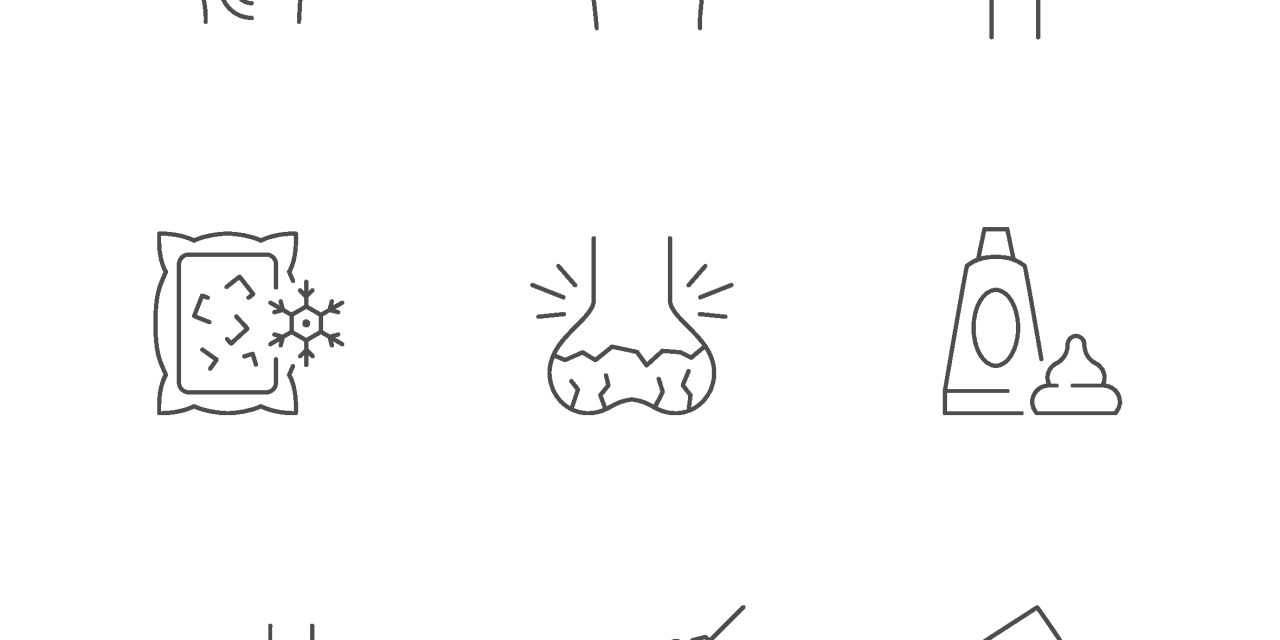Pedicle screw fixation (PSF) was considered to be the preferred surgery for treatment of severe osteoporotic vertebral compression fracture (sOVCF), while sOVCF was traditionally regarded as a relative contraindication to minimally invasive percutaneous kyphoplasty (PKP). Debate continues on the selection of surgical methods for sOVCF. This study aimed to compare the efficacy and safety between PKP and PSF.
PKP was carried out in 376 patients in Group 1, and 121 underwent PSF in Group 2. Visual analogue scale (VAS), Oswestry Disability Index (ODI), local kyphotic angle (LKA), fractured vertebral body height (FVBH) and complications were evaluated.
In the immediate postoperative analysis, the mean VAS in Group 1 was 2.4 that was significantly lower than 4.7 in Group 2; the mean ODI score was 44.4 in Group 1 that was lower than 57.1 in Group 2. Besides, the patients in Group 1 acquired significantly better ODI score at 1-year follow-up. The LKA and FVBH were better recovered in Group 2. In Group 1, 113 patients showed cement leakage; 29 patients underwent PKP for adjacent new vertebral fractures. In Group 2, two patients suffered from wound infections, four pneumonia, two urinary tract infection, three asymptomatic screws loosening, seven undergoing PKP to treat new vertebral fractures and one removal of internal fixation due to back pain.
Based on clinical and radiological evaluations, PKP was comparable to PSF for treatment of sOVCF with kyphosis, while PKP has the advantages of minimal invasion, quick post-operative pain relief and functional recovery.
Copyright © 2021 Elsevier Inc. All rights reserved.
Comparison of percutaneous kyphoplasty and pedicle screw fixation for treatment of thoracolumbar severe osteoporotic vertebral compression fracture with kyphosis.


